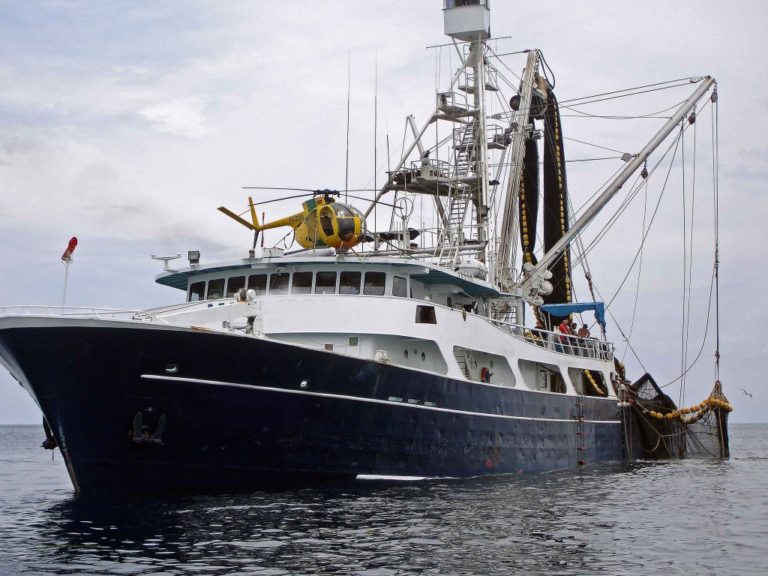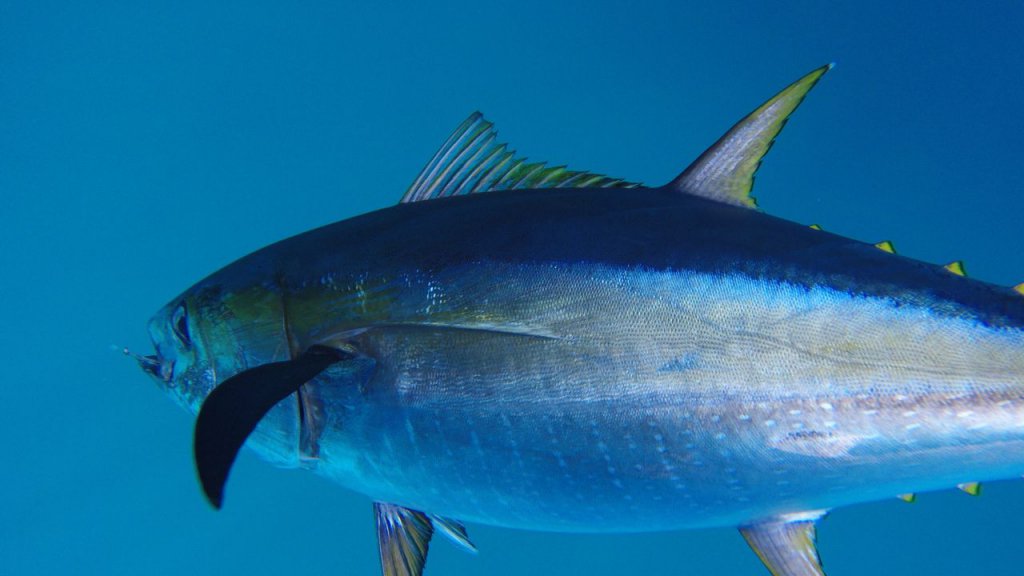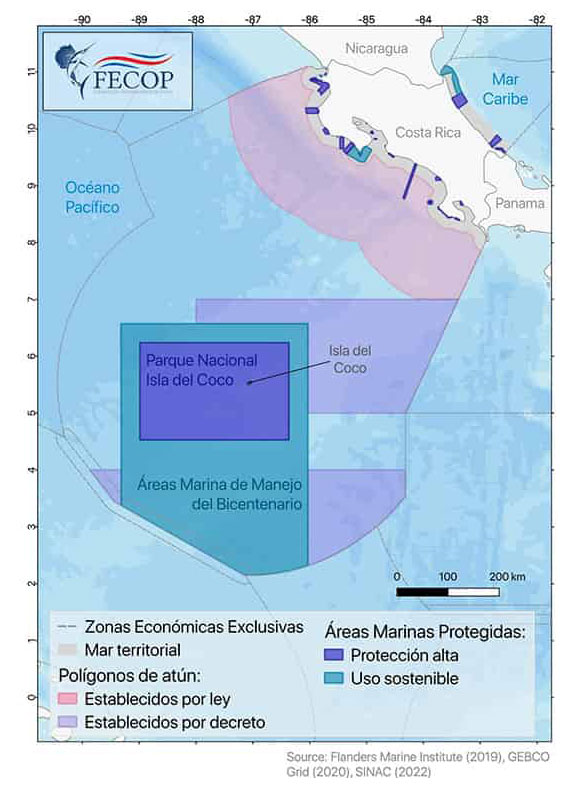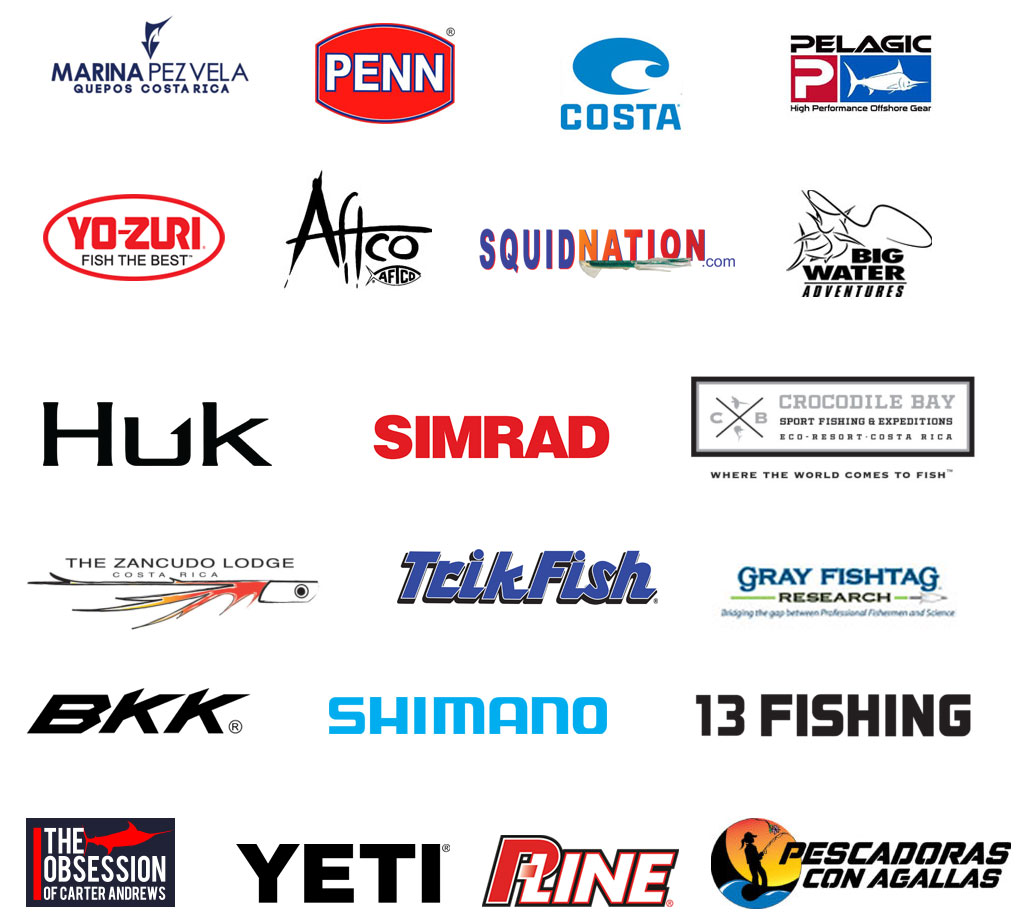#Victory – Costa Rica Government pushes tuna boats to 80 miles offshore!

In 2012 FECOP began researching the tuna purse industry in Costa Rican waters. Territorial waters are 11 times greater than Costa Rica’s terrestrial area. Costa Rica does not have any national flagged tuna vessels and purse licenses are sold to and operated by foreign flagged vessels in Costa Rican waters. FECOP approached then President of Costa Rica Laura Chinchilla explaining a problem existed and she advised them to submit a project supporting their claim.
“It is estimated 25 tons of what would have been marlin bycatch in purse sein operations were saved in Costa Rican waters in 2017 alone.”
FECOP then discovered that over the 2008-2011 period, 193 purse vessels operated in Costa Rican waters while INCOPESCA the governing body of fishing in Costa Rica reported only 81 licensed vessels sold for the same period. Apparently 114 or 58% of the vessels were operating illegally. Much of the tuna never made it to port in the country. Costa Rica benefited a mere $37 a ton for tuna stored.
After years of being bounced around between two sets of representatives from congress, the Tuna reform law finally became law in October of 2022. There are two parts of the law which are important to the sport fishing sector.
First is moving the tuna purse seine boats further offshore. The old law permitted them to work just 12 miles from the coast and a Presidential decree in 2014 moved them out to 45 miles. The problem with a Presidential decree is it could be changed at any time whereas a law can only be changed with a new law which is a more difficult process.
The new law requires the tuna seiners to be at least 80 miles from shore. This is great news for both recreational and commercial fishermen. The incidental bycatch of the tuna nets includes many species important to both sectors including marlin, sailfish, dorado and wahoo. It also includes sharks, manta rays, turtles and dolphins as well as the demise of nearly 100 other species to catch one fish to take to market, tuna.
Since the decree in 2014 the coastal zone has made an amazing recovery for sport fishing in all species except sailfish. Catches have increased for commercial longliners but deceased for recreational anglers. With 80 miles of area along the entire Pacific coast free of purse seine boats it opens many possibilities for the future of Costa Rica.
Another part of the new law aimed at helping licensed tourist charter operators is the ability to sell hook and line caught tuna during the slow season when tourism is down. The details and regulations need to be worked out by Incopesca, the governing fishing authority, but licensed boats will be able to bring 15 tuna a day to port to sell.
Tuna Reform in Costa Rica: Overview
In 2014 President Luis Guillermo Solis signed a Tuna Decree prohibiting tuna purse sein operations within 45 miles of the coastline of Costa Rica. Other important areas and sea mounts were also protected effectively prohibiting tuna netting operations in over 200,000 square kilometers of territorial water.
This Tuna Decree was sponsored by FECOP, a Costa Rican nonprofit sport fishing Federation made up of 7 sport fishing associations encompassing Costa Rica.
FECOP’s director of science, Moises Mug has been monitoring the results ever since as a part of the original agreement which not only includes fish stocks but also investigating more sustainable ways to supply the Costa Rican cannery with product.
 Before the agreement 44 foreign tuna boats were operating, with 25,000 metric tons of tuna were being captured annually with only 36% of the catch going to the local port. The rest were being delivered in foreign ports.
Before the agreement 44 foreign tuna boats were operating, with 25,000 metric tons of tuna were being captured annually with only 36% of the catch going to the local port. The rest were being delivered in foreign ports.






